NORTH AMERICAN DESERTS
The North American deserts
(USA and Mexico) are grouped into four main types, which
differ in their seasonal climate, elevation, topography,
patterns of rainfall, and soils. These differences are
reflected in the contrasting plant and animal communities
of these regions.
Click on
an image below for a relevant page or go to NORTH
AMERICAN DESERTS
for more details.
GREAT
BASIN DESERT
Cold winters, dry, dominated by
shrubs (sagebrush, saltbush) and grasses |

|
 |
 |
| SONORAN
DESERT See also:
Baja
California
and
Pinacate
Biosphere Reserve
Warm, subtropical; twice-yearly
rainfall. Dominated by creosote bush, but many
large cacti and nitrogen-fixing trees in upland
regions
|
Sonoran, USA
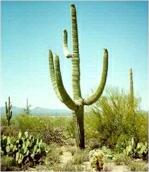
Volcanic, Pinacate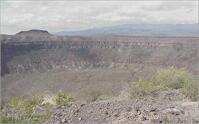 |
Sonoran, USA 
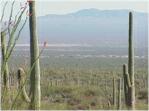
|
Baja California
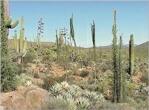 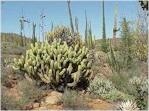
|
| MOJAVE
DESERT Transitional between
the Great Basin and Sonoran desert, but with some
distinctive plants such as the Joshua tree in
upland regions. Receives winter rainfall.
|
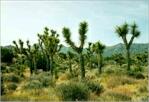 
|
 
|
 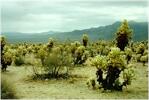
|
| CHIHUAHUAN
DESERT Characterised by hot
summers (with summer rains), cold winters and
lime-rich soils. Contains many small cacti and
cold-tolerant plants such as agaves and yuccas.
|
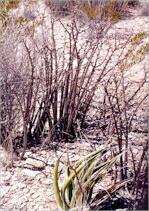 |
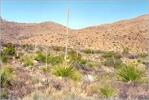 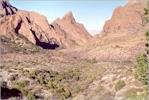
|
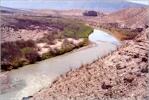 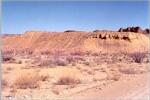
|
|



















